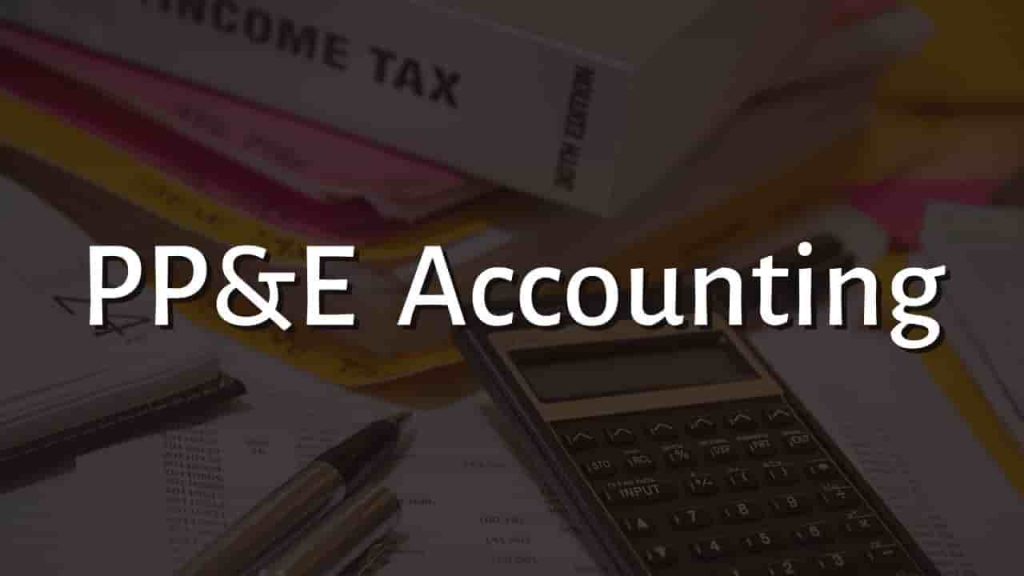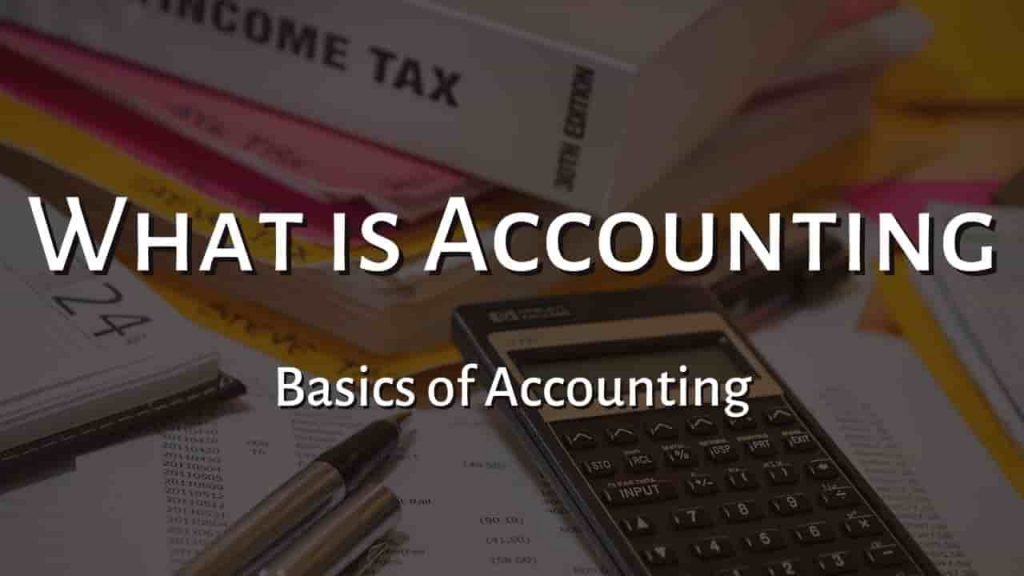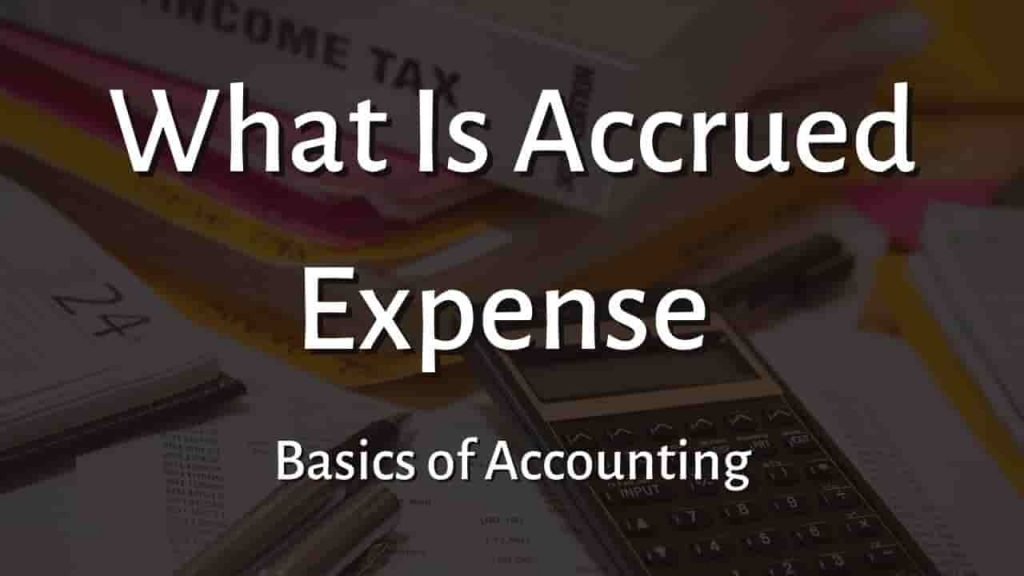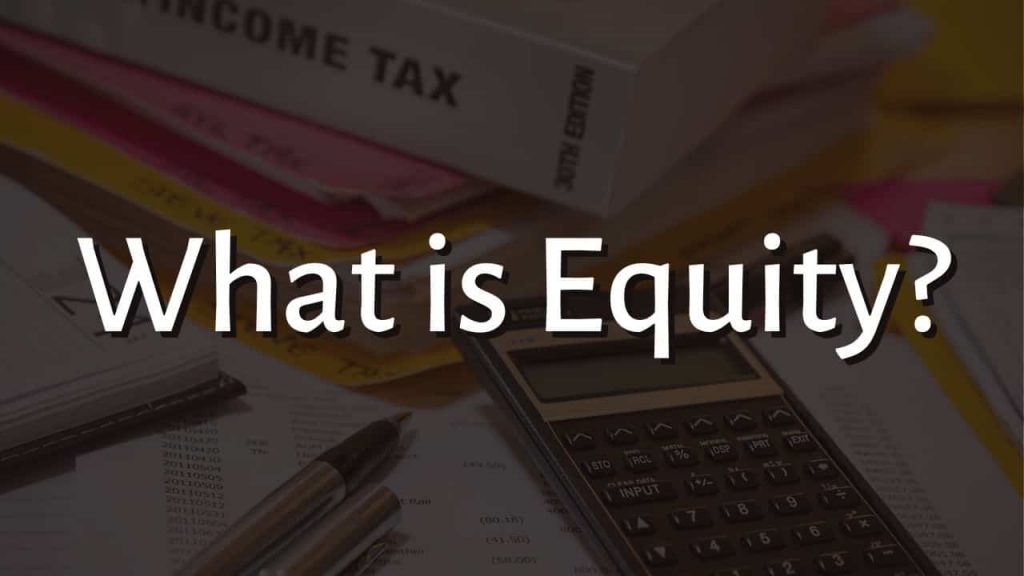PPE in Accounting
PPE stands for Property, Plant, and Equipment in accounting. Property, plant, and equipment (PP&E) are tangible items utilized in production, rental, or administration that are intended to be used in more than one reporting period.
Property, Plant, and Equipment (PP&E) is a non-current, physical capital asset that is listed on a company’s balance sheet and is utilized to produce revenue and profits.
PP&E is important in the financial planning and analysis of a company’s operations and future expenditures, particularly capital expenditures.
When producing financial accounts, an organization must recognize depreciation expenditure in each accounting period. PPE is provided at net book value in the assets portion of the statement of financial condition.
Examples of Property, Plant, and Equipment
Land, building, machinery, vehicle, office equipment, etc are examples of property, plant, and equipment.
IAS 16 — Property, Plant, and Equipment
IAS 16 Property, Plant, and Equipment specify the accounting treatment for most forms of property, plant, and equipment.
The objective of IAS 16
IAS 16’s goal is to specify the accounting treatment for property, plant, and equipment. The main difficulties are the identification of assets, the calculation of their carrying values, and the depreciation charges and impairment losses that must be recognized.
Calculation of Property, Plant, and Equipment (PP&E)
Add the amount of gross property, plant, and equipment recorded on the balance sheet to capital expenditures to compute PP&E. Subtract accrued depreciation from the final result.
In most circumstances, when reporting financial results, corporations will show their net PP&E on their balance sheet, thus the calculation has already been completed.
PPE Formula:
Net PPE = Gross PPE + Capital Expenditures − AD
Where AD stands for Accumulated depreciation
Recognition and Measurement of PPE
A corporation should recognize PP&E only if and only if the following conditions are met:
- It is likely that the asset’s future economic benefits will flow to the business over a period of, then one year; and the asset’s cost can be measured or predicted correctly.
A PP&E item’s initial expenses may include:
- It includes the purchase price, including import charges, non-refundable taxes, sales discounts, and rebates.
- Any spending directly related to bringing the asset to the location and condition required for it to be operational (such as installation expenses).
- The anticipated cost of dismantling and removing the asset, as well as rehabilitating the place where it is located. This is popularly known as an asset retirement obligation (ARO).
Repairs and Replacement of PPE
Because of the nature of PP&E assets, some of them must be repaired or replaced on a regular basis in order to prevent equipment failures or to embrace more complex technologies. It is common for businesses to repair or replace aging factories or vehicles with new assets when necessary.
Repairs and maintenance activities are expensed, whereas asset replacements are capitalized, according to the general norm in accounting for repairs and replacements. Repairs are simple to document; simply deduct the repair or maintenance charge and credit the cash.
Replacements, on the other hand, are a little more tricky. For replacements, the previous cost of the asset is deducted from the company’s accounts, and the new cost is recorded/recognized.
Depreciation of PPE
Depreciation is the other key component of the PP&E calculation. Depreciation diminishes the balance-sheet value of property, plant, and equipment as the value of assets decreases over time owing to wear and tear and the reduction of their useful life.
The depreciation expenditure is used to diminish the value of the net balance and is recorded as an expense on the income statement.
Accounting for Property, Plant, and Equipment
When recording an item in PP&E, including the asset’s purchase price and corresponding taxes, as well as any related construction expenses, import tariffs, freight and handling, site preparation, and installation.
When an item has a relatively modest cost, it is often charged to expense rather than documented in PP&E to simplify the accounting department’s asset monitoring work; the level below which things are charged to expense is known as the capitalization limit.
An asset is depreciated over its useful life after it has been recorded. Depreciation is a charge that is made on a constant basis to represent the usage of an asset over time. The residual book value of an asset should be zero at the end of its useful life.
When an asset is finally retired, its asset value and the cumulative amount of depreciation expenditure are removed from the accounting records.
For more click here and if you are looking for full forms of different acronyms and words then check out this list you really gonna find this helpful. We also have an Essay on every topic, Check the complete list here. If you are Studying in Matric Free Video Lectures in Maths, Physics and English are here, and we have got you covered for I.COM Business Maths also.







